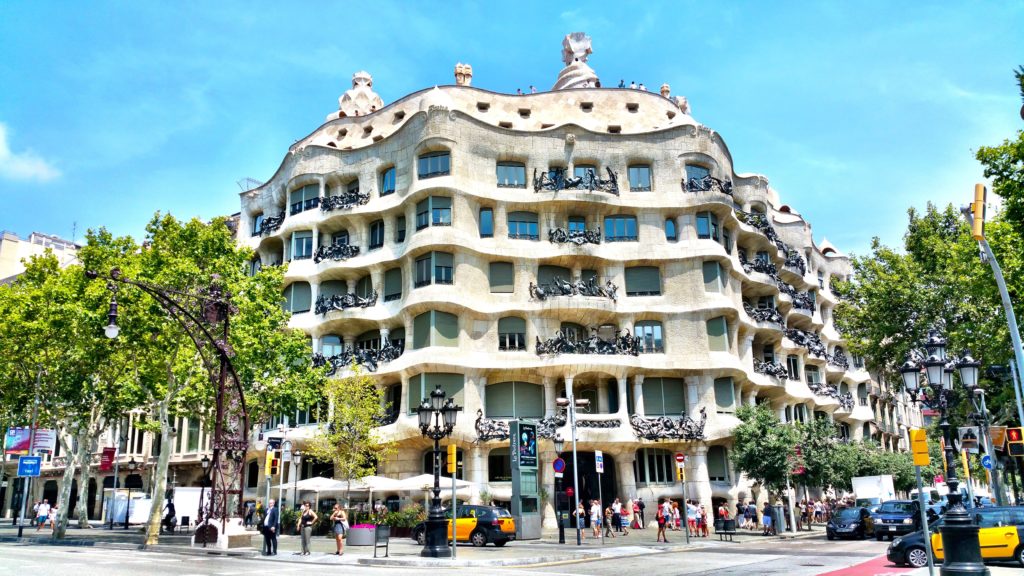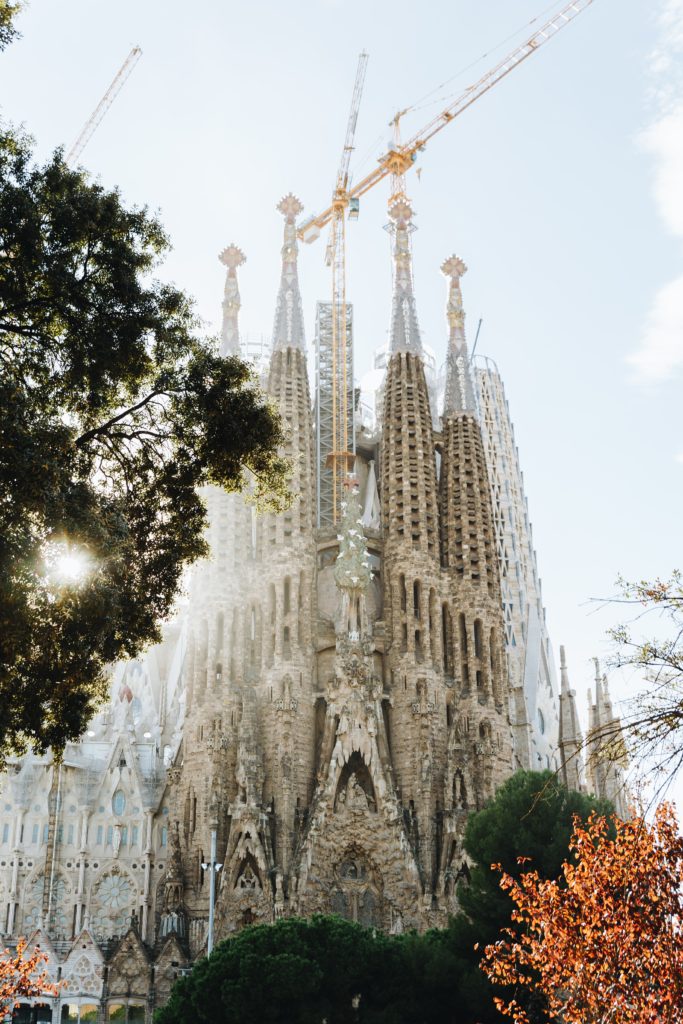Top 7 Must visit Building by the “God’s Architect”, Antoni Gaudi
The Spanish architect, Antoni Gaudi, best known for his iconic works in Barcelona, including the world-renowned “Sagrada Familia”, and several others was a worshiper of nature, religion as well as his passion for architecture. Many of his buildings have been entitled under the UNESCO World Heritage sites. Here is a list of most iconic of his works that one must witness at least once in their lives.
1.Sagrada Familia:

Photo by Brandon Gurney on Unsplash 
Photo by Won Young Park on Unsplash
One of the most famous Gaudi’s works. Gaudi devoted most of his life in designing and constructing this masterpiece of his, however, could not see it complete while he was alive. Only one-third of the building was constructed while Gaudi passed away in 1926. The construction of this magnificent structure started in 1882 and is supposed to be completed by Gaudi’s 100th death anniversary in 2026. Familia Sagrada gained the title of a UNESCO World Heritage site while being under construction.
2. Casa Mila:

Casa Mila is the best example that reflects Gaudi’s unique style of architecture. This beautiful organically designed structure exhibits several public as well as private events. It also gained the title of UNESCO World Heritage site under “Works of Antoni Gaudi” in the year 1986. Initially, this beautiful nature-inspired structure was designed by Gaudi as a house for Roser Segimon i Artells and Pere Mila i Camps.
3. Casa Batllo:

Another structure by Antoni under the UNESCO World Heritage list. It is supposed to be one of the most artistic works inspired by animal-shaped, bones, and the skeleton. Gaudi redesigned this house in 1906, which became a center of attraction, situated in one of the busiest parts of Barcelona, as the owner desired. It is also referred to as the “House of Bones”, exactly as it was intended to be!
4. Colonia Guell:

Actually a crypt, the Church of Colonia Guell was designed by Gaudi for the workers of Colonia Guell. The complete design of Gaudi could not be implemented as the commissioner ran out of funds before its completion, however, it gained the title of the UNESCO World Heritage site. The renovation of this incomplete structure was attempted by an architect in 2002, who was then highly criticized for “mistreating Gaudi’s work”.
5. Parc Guell:
Another design commissioned by the Catalan businessman Eusebi Guell, one of the persons who admired Gaudi’s Work. Gaudi created this beautiful public park from 1900 to 1914. This park is supposed to be one of the most magnificent public parks in the world, even though it could never be completed. Initially. it was initially supposed to be a part of a housing which later came to be a failure. The park was later taken under the city of Barcelona and was opened to the public in 1984. It also features some of Gaudi’s original artworks including mosaics and sculptures.
6. Casa Calvet:

Casa Calvet designed by Gaudi for a textile manufacturer. This building served the purpose of commercial space in the basement as well as the ground floor, and the residence above it. Built between 1898 and 1900, this project was one of the most conventional works of Gaudi’s. It does not stand out as the other works of Gaudi, in spite, blends in with the other buildings in the surroundings. However, one can always feel a touch of Gaudi in every structure of his.
7. Palau Guell:

Another one of Gaudi’s best masterpieces, Palau Guell, “The Guell Palace”, was Gaudi’s one of the initial works. This palatial mansion was used by Eusebi Guell as his residence for over two decades. After that, he shifted to one of the houses in Parc Guell, also designed by Gaudi. This palace was also acquired by the city of Barcelona and was amongst the first three works of Gaudi which gained the title of the UNESCO World Heritage site.
Although Gaudi dedicated almost all of his life to his passion for architecture, most of his works were left uncompleted. It is saddening to know that Gaudi was hit by a tram on June 7, 1926, and went unconscious. No one even recognized him due to a lack of identification documents and his shabby dressing. He was ignored off, being considered as a beggar. He was identified the next day by the chaplain of Sagrada Familia, which Gaudi was constructing at that time. However, his condition had deteriorated due to a lack of instant medicare. He passed away on June 10, 1926. Gaudi’s passion for detail and his unique style of architecture would live forever as a piece of art and architecture to be admired.





